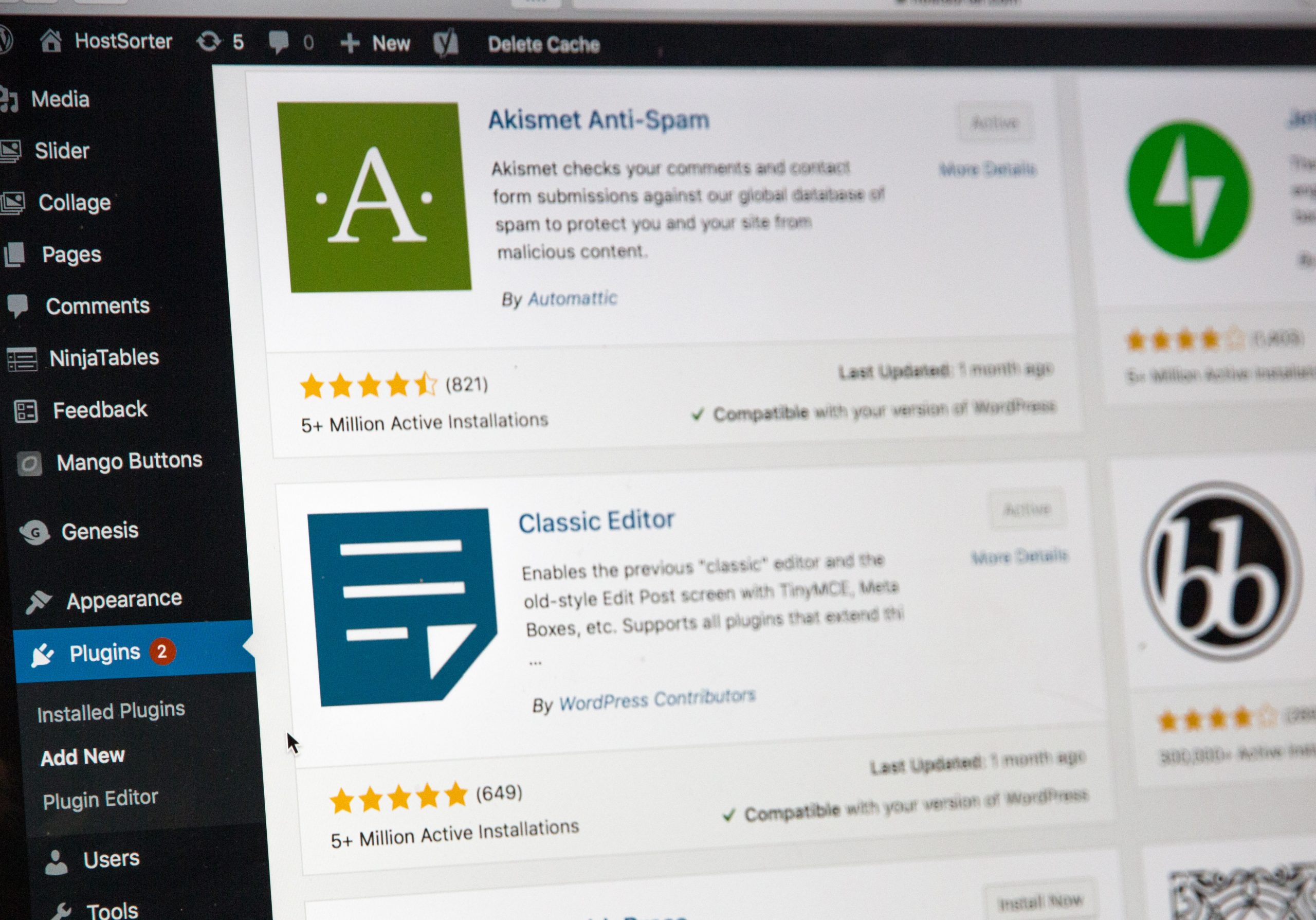Whenever I consider writing a new blog post, I have to ask myself what the hell gives me the right to believe that I have a credible perspective that is worth consideration. Americans are notorious for expressing themselves with a tone of certainty in spite of having virtually no education on a subject whatsoever. I like to think that I’ve reached a point in my life that I am humble enough to avoid such pitfalls, but sometimes I feel uncertain. Anybody can declare himself an authority on a subject.
People become an authority based on audacity. People become an authority based on charisma. People try to turn themselves into an authority out of necessity because they need a job. People become an authority because they are in the right place at the right time and somebody needs to rely on them. But none of this actually makes a person a credible authority.
Challenging an Authority on a Subject
Authority can be unreliable, Authority can be unnecessary. Authority can be scary. Authority can be unlikeable. So people can become dismissive of authority. But this doesn’t mean the authority figure isn’t legitimate.
A lot of times all you have to define you as an authority figure is logic and reason. But this assumes that someone who is considering you as an authority figure is capable of understanding what you’re saying. You can be vague and you can be emotional. Authority figures can use these techniques to manipulate people.
I suppose the only truly legitimate authority figure is one who provided something useful or good, and it was appreciated by the person accepting the authority figure. Of course the accepting person may only believe that the thing is useful and good, but in reality it is bad. In which case, all that has been accomplished is someone has become an authority on a subject.
Am I an Authority on Web Development?
Check out my main blog feed to read more.



